THE PORT CITY OF LISBON AND THE CACILHEIROS
Lisbon is a major European port city. The ship, the Trafaria Praia is a “cacilheiro,” or Lisbon ferry. The cacilheiros connect the two banks of the River Tagus. Their customers are primarily commuters who live in Lisbon’s industrial southern suburbs—historically one of the most unionized regions of Portugal—and work in the city. Thus, the ships have always had blue-collar and middle-class associations and are a well-known, politically charged symbol in Portugal. For example, the distinctive stripe around their hulls is painted in orange rather than the customary naval blue, thus being a variation of red, a left-wing-related color, and a remnant of the Portuguese post-revolutionary process of the mid-1970s.
FROM THE DOCKYARD TO A FLOATING INSTALLATION
This ship, Trafaria Praia, came to Lisbon in July 1996 after having been bought in second-hand by the Lisbon-based company Transtejo. The ship was commissioned by Hadag and built by the Hamburg-based shipyard Hanseatische Werft GmbH in 1959 and 1960. The Trafaria Praia was originally called Pöseldorf but was renamed after a previous cacilheiro that did the crossing of the River Tagus between Belém, in Lisbon, and Trafaria, a village on the south bank next to the popular Costa da Caparica beaches. The ship was waiting to be dismantled or sold after having been decommissioned in 2011 when Joana Vasconcelos, myself and the team found it at a dockyard in Cacilhas—a parish on the south bank of the River Tagus—belonging to Transtejo. Cacilhas is a key hub of Transtejo’s routes, and it is from that name that the term “cacilheiro” derives. After undergoing major transformations in Navaltagus, a shipyard on the outskirts of Lisbon, which started in January 2013, the ship was towed from Lisbon to Venice from May 4 to May 21.
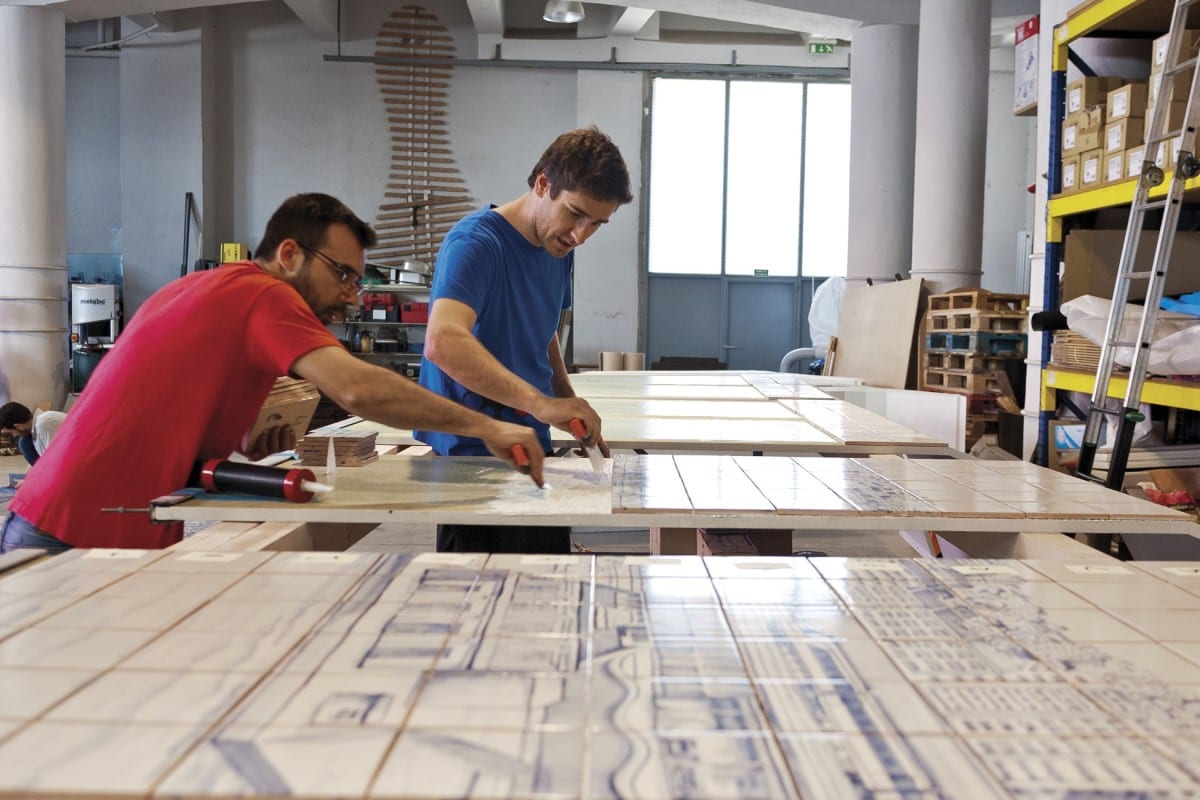
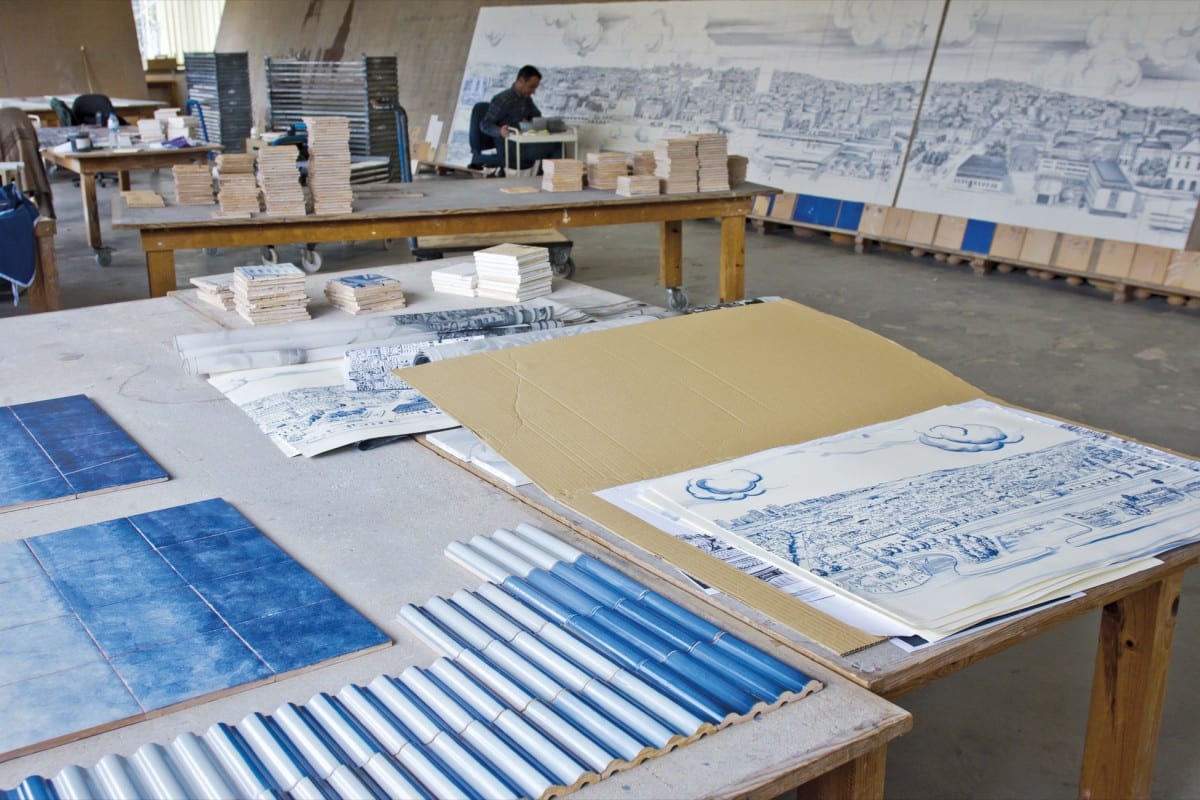
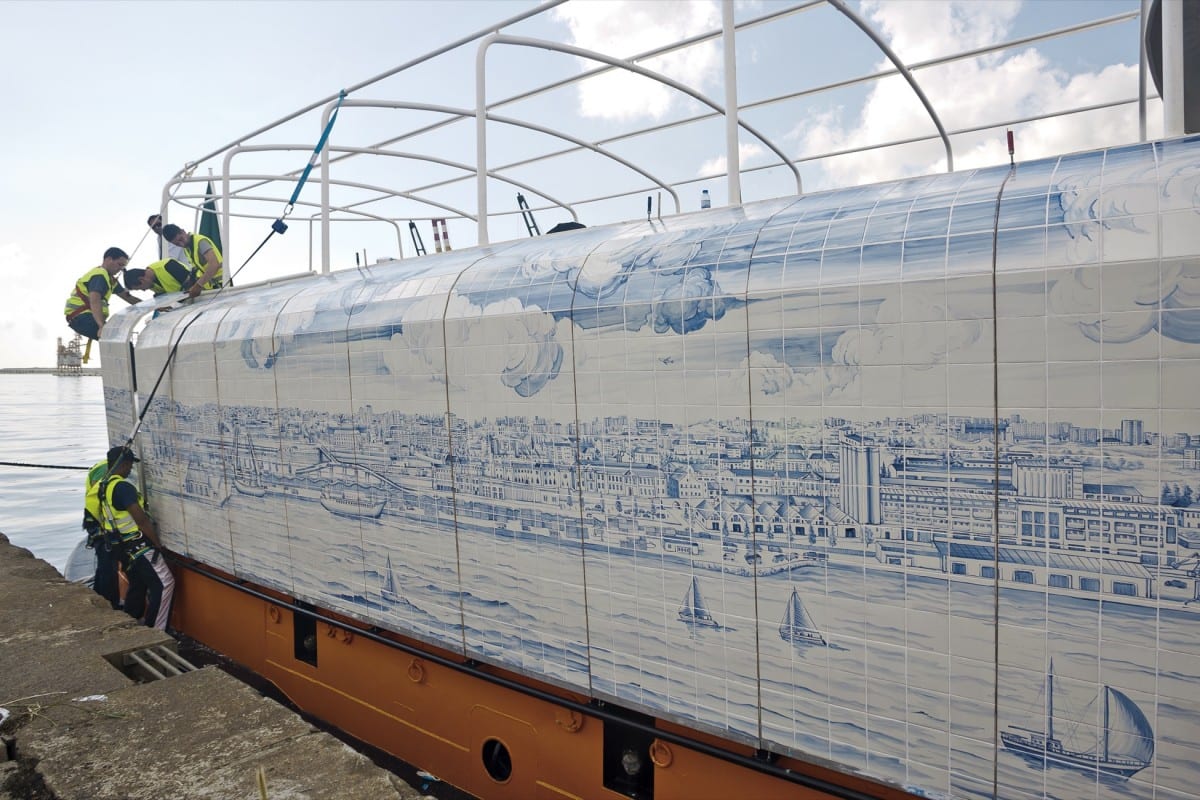
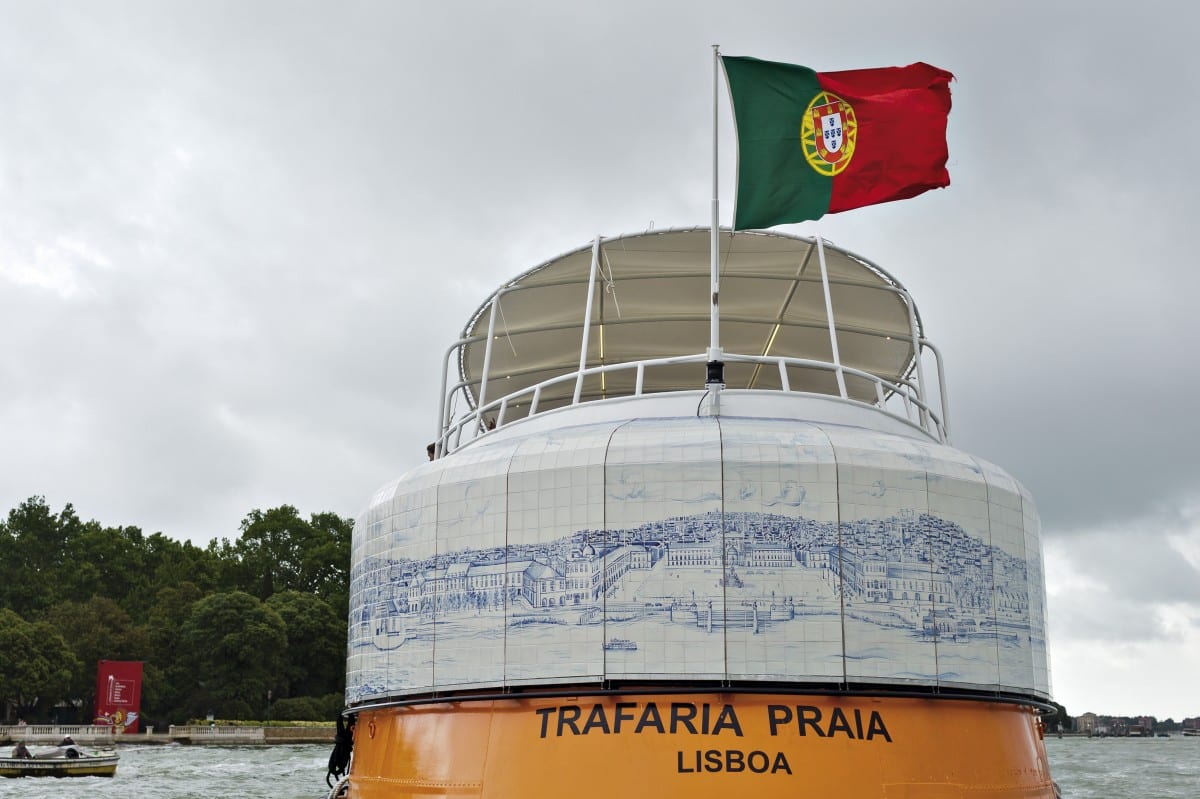
AN ALLEGORICAL PROPOSAL
We looked at Venice and pondered a context-specific proposal that would consider the historical relationship between Portugal and Italy, which had evolved through trade, diplomacy, and art. The project would update this by considering a fundamental aspect Lisbon and Venice share: an urban landscape along a waterfront. Furthermore, Lisbon and Venice are, both today and in the past, distinctive for the vessels that arrive and depart from them. Vessels are a fundamental element of the Portuguese collective unconscious, reaching back to the caravel, in which Portuguese navigators of the 15th century began exploring the West African coast and venturing into the Atlantic Ocean. Therefore, Vasconcelos thought of constructing an allegorical correspondence between the iconic Lisbon ferryboat, the cacilheiro, and the picturesque Venetian vaporetto, as both are the vessels intimately associated with their respective cities.
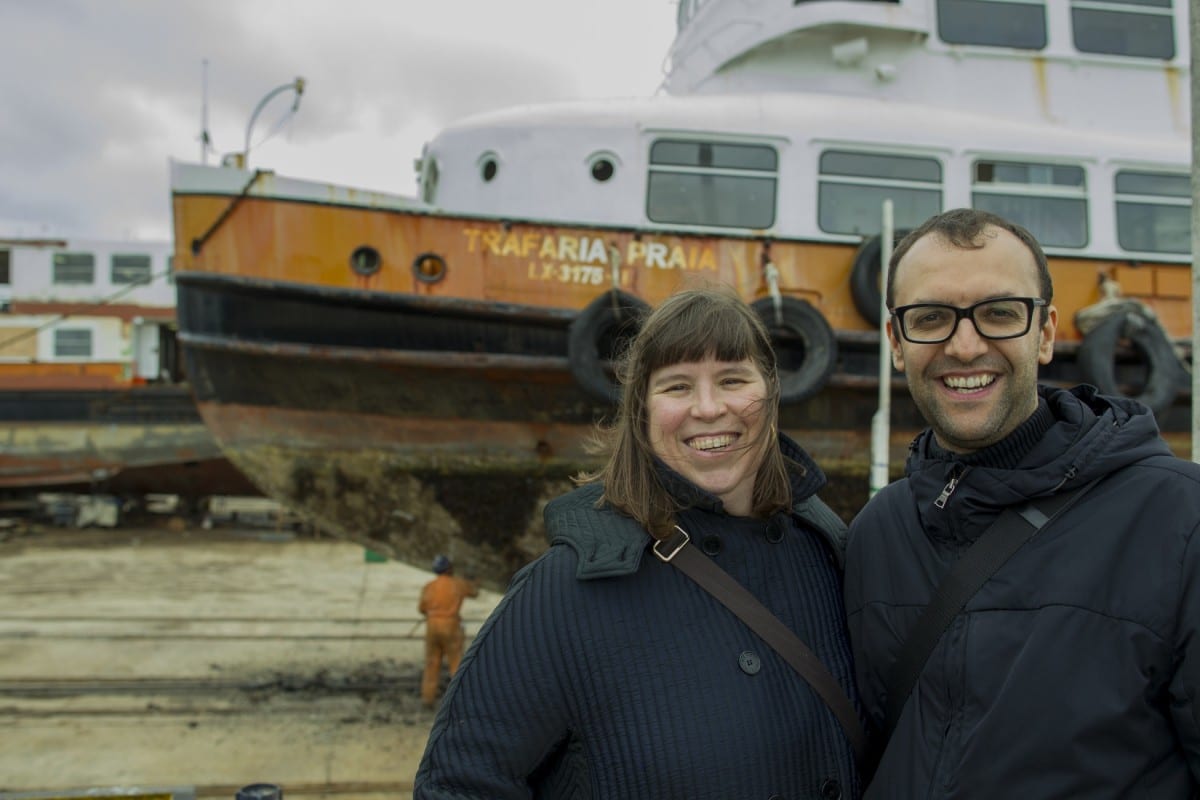
BELOW DECK
On the ship’s deck, Vasconcelos created Valkyrie Azulejo, an installation of blue-and-white textiles and fairy lights that connects the interior of the ship with its exterior; one might imagine it as the reverse of the mural. The piece echoes some of her past large-scale suspended sculptures, such as Contamination and the series Valkyries (2004–ongoing), from which its title derives. They are patchworks—small bits of cloth in different colors, patterns, and textures, sewn together into organic forms resembling undulating sleeves, flexible tubes, tentacles, or protuberances.
In a similar manner, Valkyrie Azulejo is a complex medley of fabrics all over the ceiling and walls, from which crocheted units, intertwined with strings of blinking LEDs, emerge in various sizes and shapes. The piece envelops the visitor, conjuring a cavelike setting with a surreal vibe. To those familiar with the Surrealists’ exhibitions, it will immediately bring to mind Duchamp’s contribution to New York’s 1942 First Papers of Surrealism. André Breton commissioned Duchamp to design the installation, and he responded by tangling a mesh of white string webbing throughout the mansion-like rooms in order to “contaminate” them. Valkyrie Azulejo evokes the deep ocean, which has always sparked the imaginations of artists and novelists. From Jules Verne’s Twenty Thousand Leagues Under the Sea to the paintings of J. M. W. Turner, the deep ocean has been a source of narratives, populated by strange creatures and tragic shipwrecks. With this work Vasconcelos calls upon this collective imaginary to create a fantastic, almost mystic, and psychologically engaging environment—a sort of threshold to a magical universe straight out the Bible story of Jonah and the Whale.


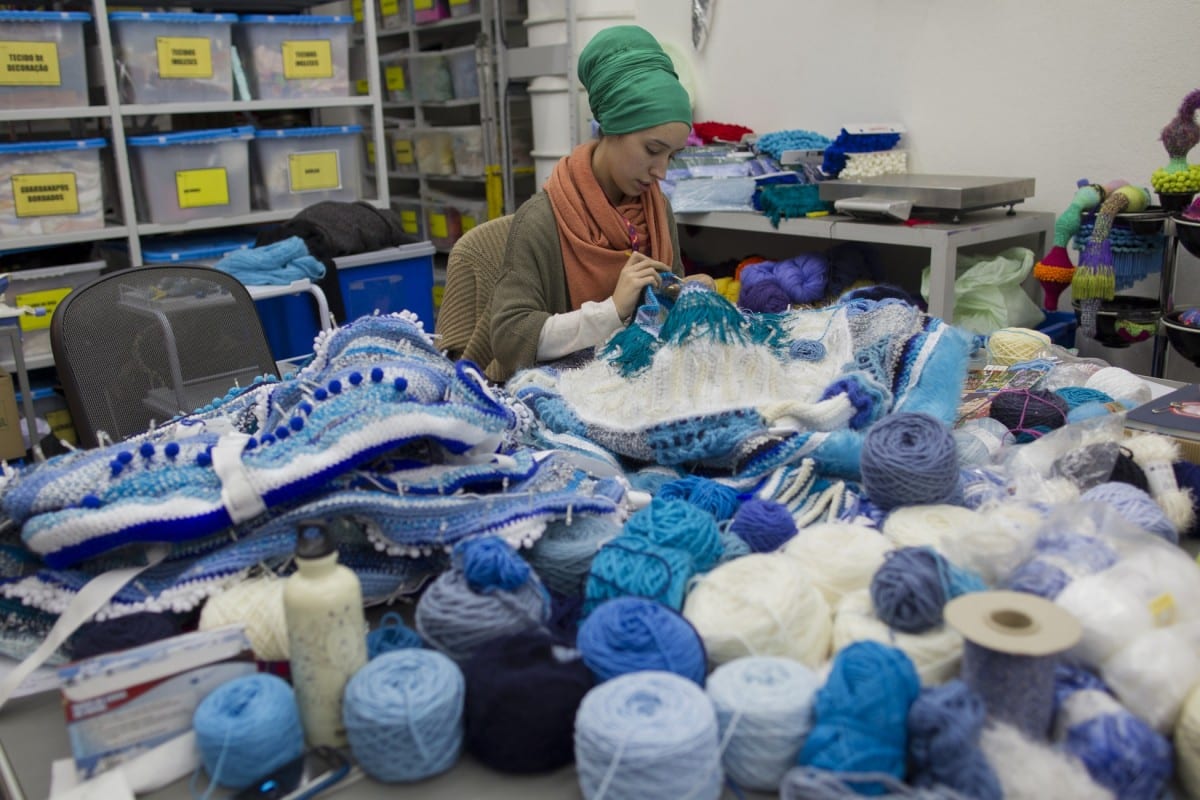
PUBLIC ENGAGEMENT
Trafaria Praia is totally accessible to the public free of charge. The Trafaria Praia is a floating pavilion and an artwork, as well as a ship. Visitors to the pavilion or viewers of the artwork or passengers of the ship are an integral part of the project. The ship is moored in a purpose-built, temporary dock next to the Giardini’s vaporetto stop. It sails around the lagoon at regular intervals since the opening of the Venice Biennale. Sailing was a key factor in the project’s rationale, because it brings to mind the fact that cacilheiros, much like vaporetti, are a means of public transportation. The Trafaria Praia can accommodate around 100 people. It is open from Tuesday to Sunday from 10 am to 6 pm. Its route is Giardini – Punta della Dogana – Giardini. It has a crew of five members to operate it (four of which came from Portugal) and four visitors assistants. For hazardous reasons, the public should not touch the artwork. But visitors are invited to immerse themselves in the installation; for example, they can sit on custom-made cork benches look carefully at the various elements or they can wander through the installation, as if their movement would replicate the sailing of the ship.

Featured image: Work in progress at Navaltagus shipyard in Seixal, Portugal. Photograph by Luís Vasconcelos. © Unidade Infinita Projectos
All images ©Unidade Infinita Projectos

2 thoughts on “Trafaria Praia: On the Waterfront”
Comments are closed.